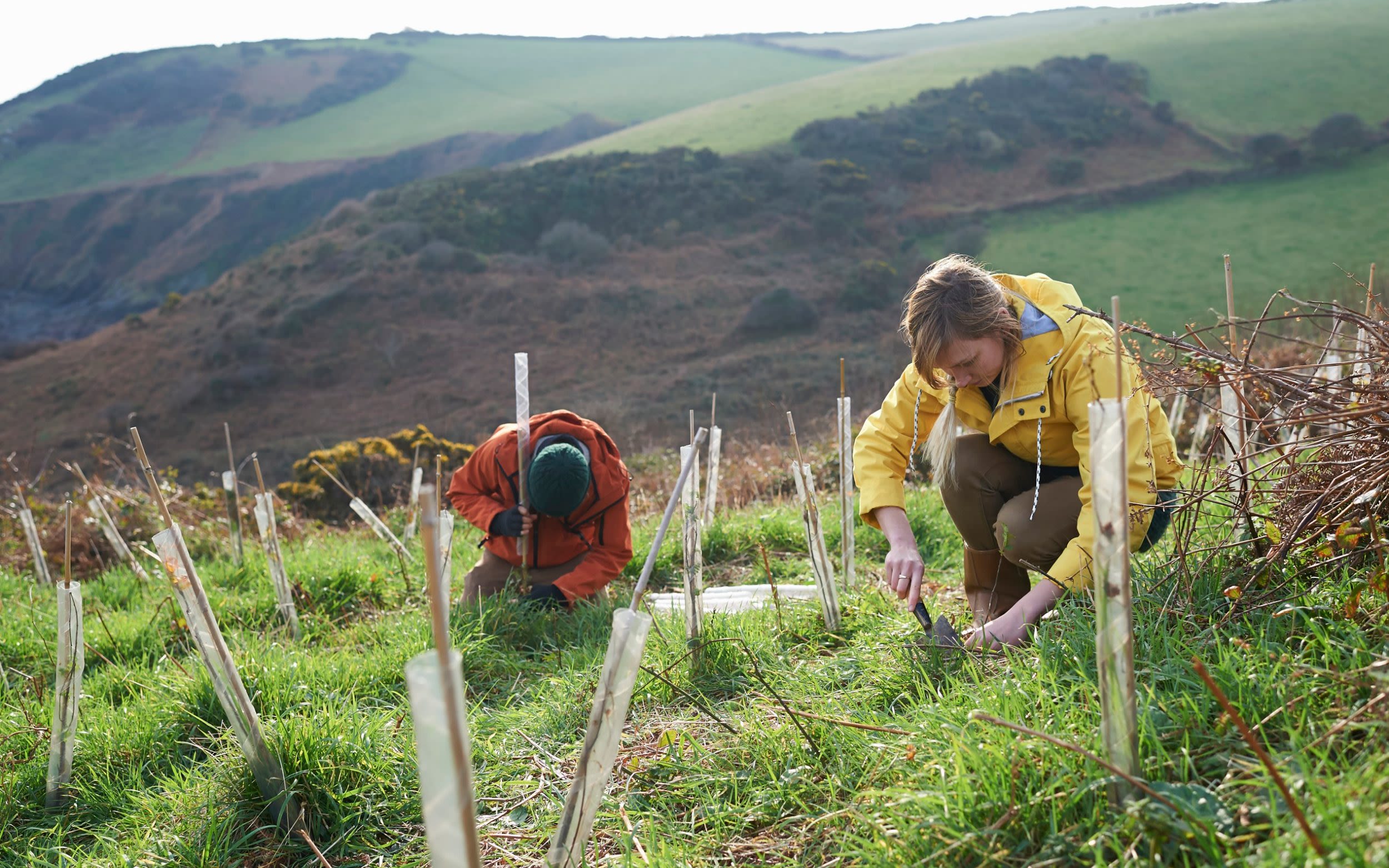Search results
Climate chart - Plymouth Plymouth is located on the southern coast, the mildest and sunniest in England. The average in January and February is 6.5 °C (43.7 °F). The south-west of England is a fairly rainy area. In Plymouth, rainfall amounts to 1,000 mm (40 in) per year, but in inland areas of Devon and Cornwall it also reaches 2,000 mm (80 in).
- Norwich
Climate chart - Norwich (England) The climate of Norwich is...
- Oxford
Climate chart - Oxford (England) The climate of Oxford is...
- Nottingham
Climate chart - Nottingham (England) The climate of...
- York
Climate chart - York (England) The climate of York is...
- Birmingham
Climate chart - Birmingham (England) The climate of...
- Coventry
Climate chart - Coventry (England) The climate of Coventry...
- United Kingdom
Together with Northern Ireland, it forms the United Kingdom...
- London
Climate chart - London (England) In London, the capital of...
- Norwich
The climate in the United Kingdom is defined as a humid temperate oceanic climate, or Cfb on the Köppen climate classification system, a classification it shares with most of north-west Europe. [1] Regional climates are influenced by the Atlantic Ocean and latitude. Northern Ireland, Wales and western parts of England and Scotland, being ...
- Weather and Climate by Region
- Spring in England
- Summer in England
- Fall in England
- Winter in England
London
London is England's most popular destination and the sprawling capital city tends to have very manageable weather for most of the year. While it can sometimes be unpredictable (carry an umbrella, just in case), London tends to be pleasant enough not to detract from all the great things to do in the city. The hottest month of the year is typically July when the peak temperature can be as high as 90 degrees F (32 degrees C), but the average temperature in July is about 70 degrees F (21 degrees...
Southwest and Cornwall
Cornwall, located on the southwest coast of England, is one of the country's most remote areas. Because it's on the coast, the southwest doesn't tend to get very warm. Expect an average temperature of 61 degrees F (16 degrees C) during July, and 40 degrees F (4 degrees C) during the winter months. June through September are the most popular months to head to Cornwall or the Dorset Coast thanks to the warmer, drier weather, although Cornwall is notorious for getting more rain than other areas...
Southeast
The southwest, which includes coastal destinations like Margate, Dover, and Whistable, is especially cold and windy during the winter thanks to its location. It's typically warmest from mid-June through September, with highs of 70 degrees F (21 degrees C) expected in August. The coldest month is February, with average lows of 36 degrees F (2 degrees C). While the southeast isn't particularly rainy—although the winter and spring can bring showers—be prepared for overcast skies or muggy days. A...
While it may be rainy during the springtime in England, it's also one of the country's most beautiful times of year. Thanks to all that moisture, the trees and flowers bloom in vibrant colors, with the peak usually in April. It can be chilly, but you can still get some sunny days in March, April, and May. There are two bank holiday weekends in May,...
Summer in England is delightful, mostly because as soon as the sun comes out everyone flocks to the parks, beaches, and walking trails. There's a real love for sunny days because the country can be cloudy and overcast quite frequently, and the English are ready to embrace the good weather whenever it comes. London can get surprisingly hot in the su...
Fall in England is really beautiful, especially if you venture out of the cities. September still feels like summer, while things start to get chillier in October and November, notably on the coast and in the north. Still, fall means smaller crowds and shorter lines at popular destinations, and it can be a great time to visit the national parks. Ex...
The hardest part about winter in England is how short the days become. It tends to get dark before 4:30 p.m. in most of the country by December, meaning that you don't have a lot of opportunities to be outside in the sun. While the winter months are cold, sometimes dropping into the 30s Fahrenheit, most of the time it's in the 40s, which means you ...
Nov 9, 2020 · Spring in the United Kingdom. By March, temperatures in the U.K. start to warm up and frost is more uncommon. Temperatures typically range from 48 degrees to 60 degrees, but the weather is often wet and windy. Daylight starts to increase, ranging from 11 to 15 hours depending on the month.
News about Magna Carta, climate activists, Just Stop Oil
News about climate change, New England, food price volatility
Also in the news
The country is in full bloom, and there are frequent sunny periods along with cloudy ones. July and August are pleasantly warm in the mid-summer season in Scotland and Northern Ireland. The Atlantic Ocean is cold, with average sea temperatures at 12.8°C (55°F) in Scotland and 17.2°C (63°F) in the English Channel.
Climate and Average Weather Year Round in England. United Kingdom. We show the climate in England by comparing the average weather in 3 representative places: London, Manchester, and Newcastle upon Tyne. You can add or remove cities to customize the report to your liking. See all locations in England.
Together with Northern Ireland, it forms the United Kingdom of Great Britain and Northern Ireland. The average temperatures at sea level are above freezing (0 °C or 32 °F) also in January, when they hover around 4/5 °C (39/41 °F) in the main cities, and reach 6 °C (43 °F) in the south-western tip of the country; in July, they range from ...






